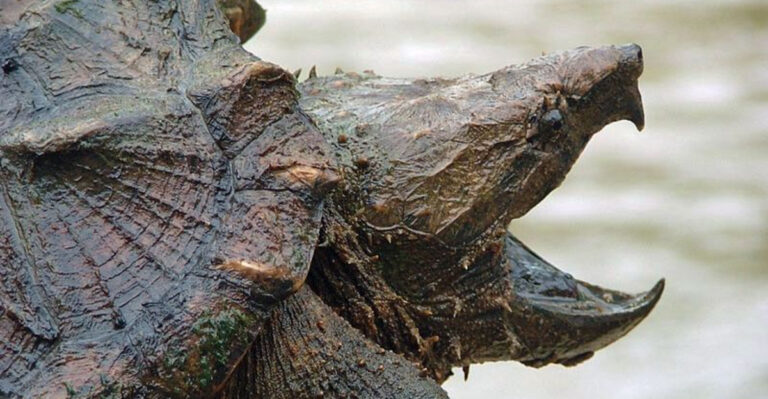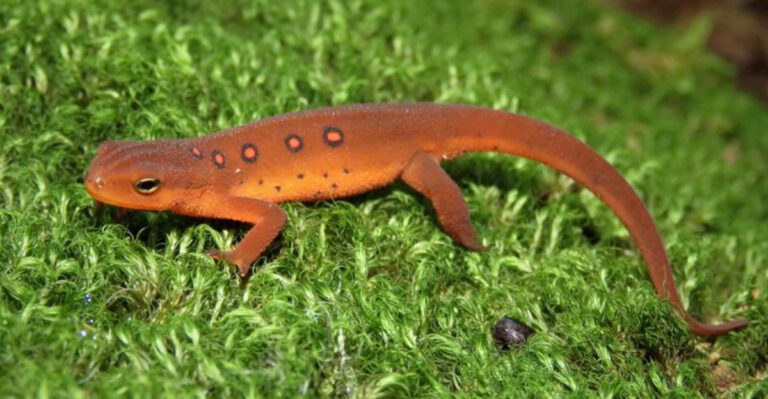10 Endangered Foxes That May Become Extinct
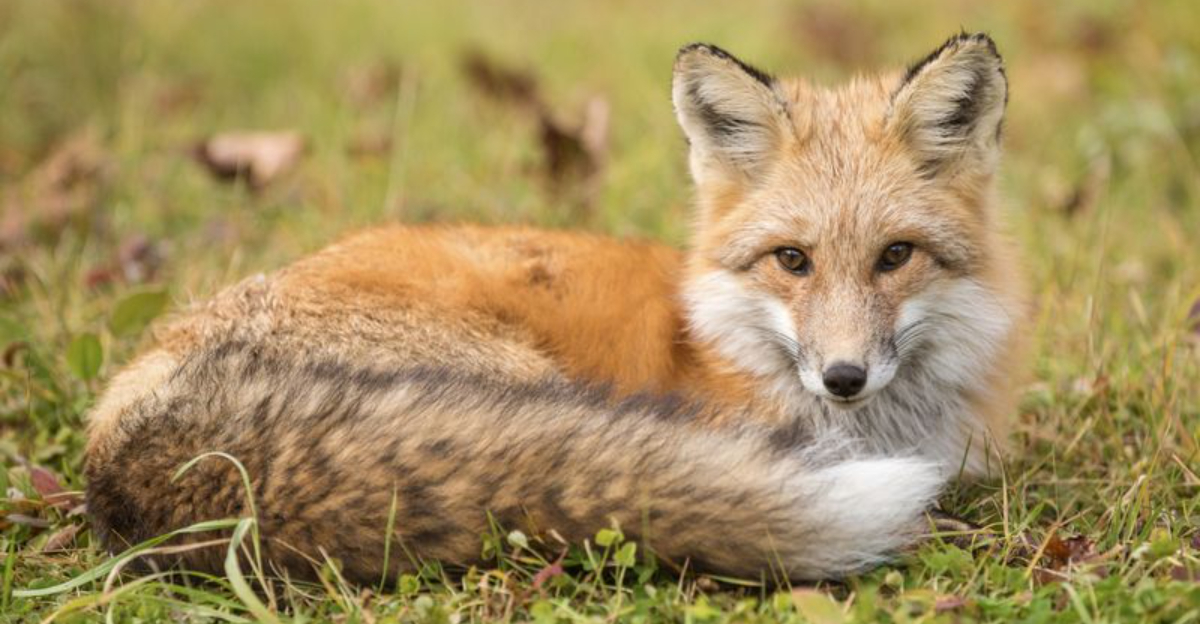
Foxes, with their bushy tails and clever ways, face serious threats around the world. Many fox species are disappearing due to habitat loss, hunting, and climate change.
These beautiful animals might vanish forever unless we take action to protect them and their homes.
1. Darwin’s Fox: Chile’s Forest Shadow
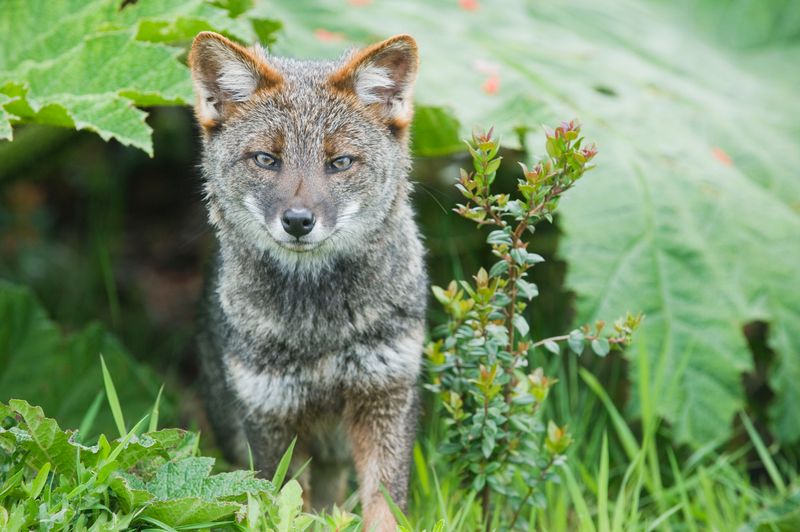
Hidden in misty Chilean forests lives a fox named after Charles Darwin himself! With fewer than 1,000 left in the wild, these small, dark-furred hunters face constant danger from logging and feral dogs.
They’re shy creatures who feast on fruits and small animals. Conservation efforts focus on protecting their remaining forest homes before these rare beauties disappear forever.
2. Island Fox: California’s Comeback Kid
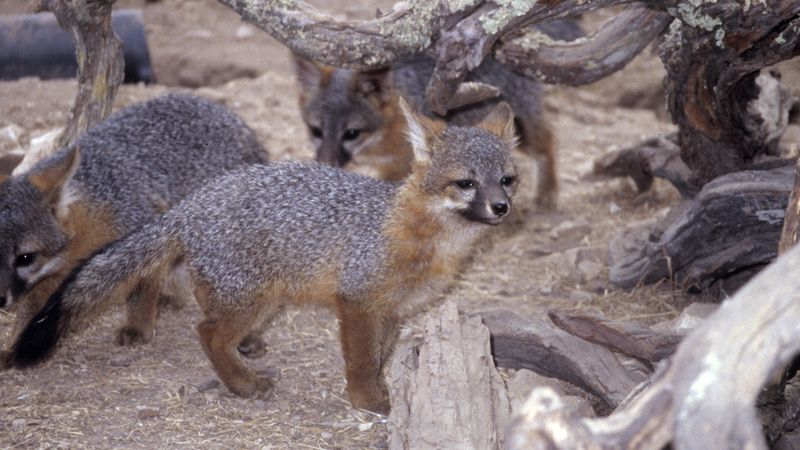
Imagine a fox so small it could fit in a shoebox! These pint-sized predators nearly vanished from California’s Channel Islands when their population plummeted to just 15 animals on one island.
Thanks to one of the fastest recovery programs ever, their numbers have rebounded. Still, these cat-sized foxes remain vulnerable to introduced diseases and predators that could quickly reverse their fragile success story.
3. Sierra Nevada Red Fox: Mountain Mystery
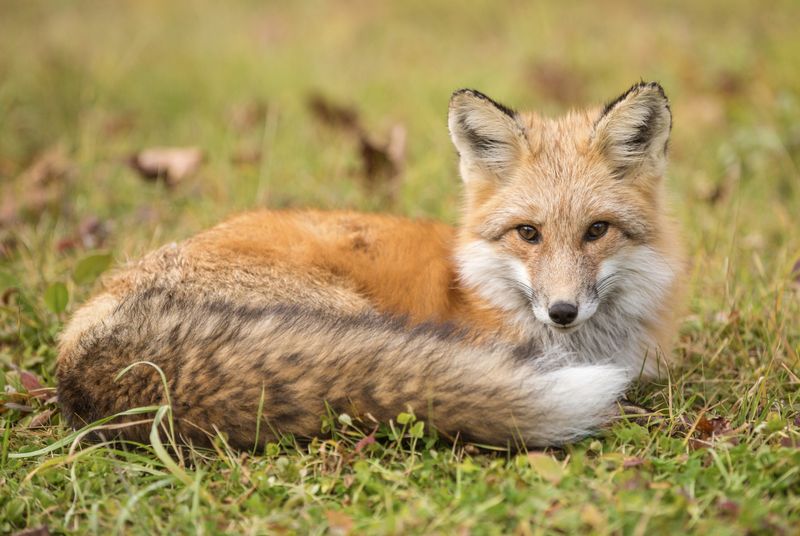
Talk about rare sightings! Wildlife cameras only occasionally glimpse these elusive mountain dwellers, with possibly fewer than 50 individuals remaining in California’s high peaks.
Their striking rusty coat helps them blend into forest shadows while hunting at elevations where few mammals dare to roam. Climate change threatens their alpine habitat, pushing these gorgeous creatures toward extinction with nowhere higher to go.
4. Rüppell’s Fox: Desert Survivor
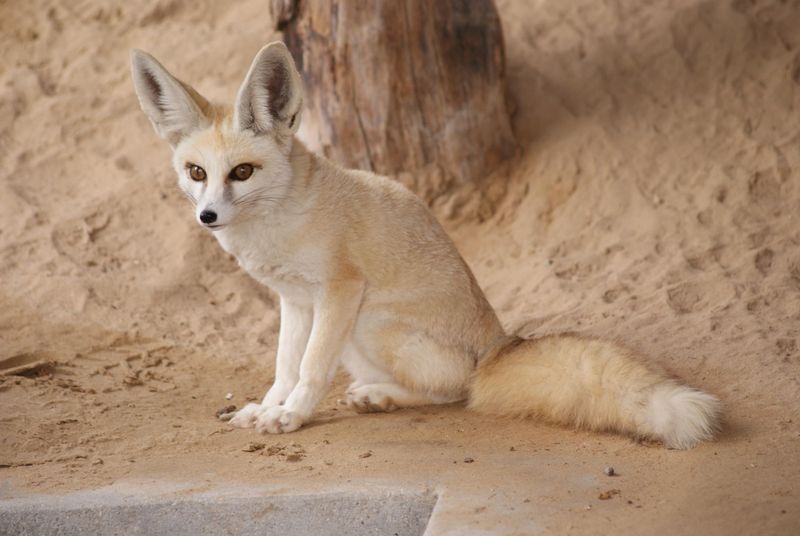
With ears that could catch a whisper across the sand dunes, these pale sandy foxes have mastered desert living across North Africa and the Middle East. Their oversized ears work like natural air conditioners in brutal heat!
Despite their remarkable adaptations, these nocturnal hunters face shrinking territories due to human expansion. Military conflicts in their range countries make conservation efforts particularly challenging for these desert specialists.
5. Corsac Fox: Steppe Wanderer
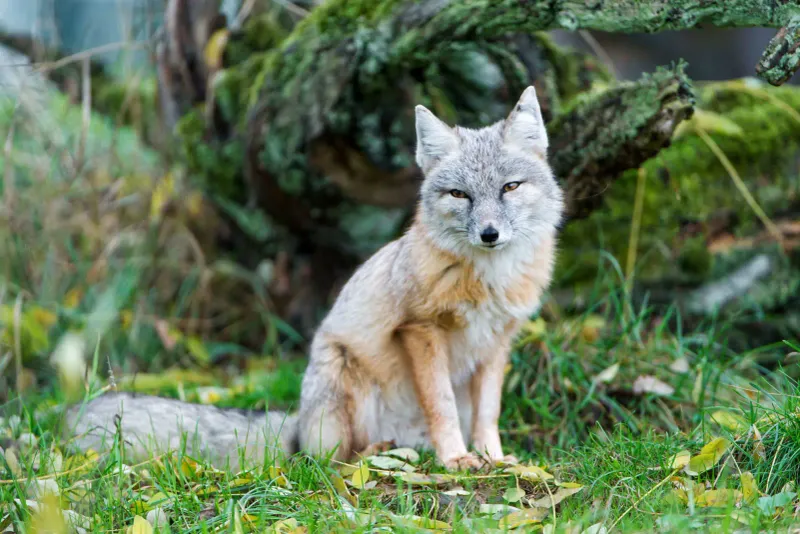
Sporting winter coats that would make fashion designers jealous, these social foxes roam the vast grasslands of Central Asia. Their luxurious fur has unfortunately made them targets for trappers seeking quick profits.
Agricultural expansion swallows their steppe habitat yearly. These adaptable hunters live in family groups and can dig impressive burrow systems, but even their resourcefulness might not save them from the combined threats of habitat loss and fur trade.
6. Bengal Fox: India’s Grassland Guardian
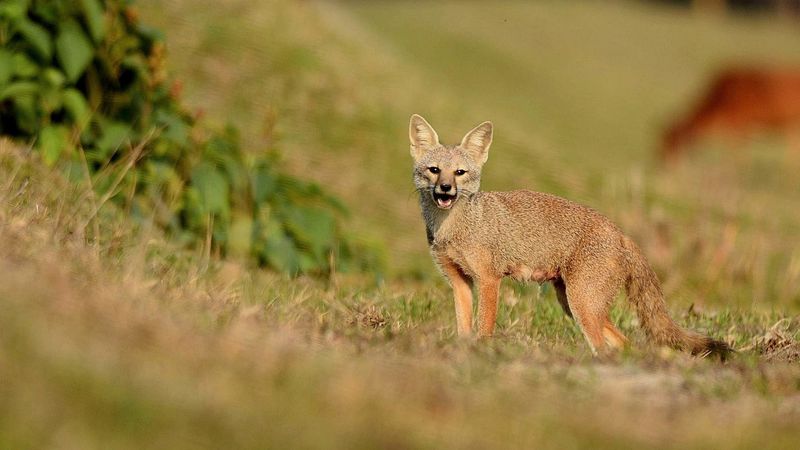
Quick as lightning and barely knee-high, these little foxes zip through India’s vanishing grasslands hunting insects and small rodents. Their distinctive black-tipped tail waves like a flag as they dash between patches of cover.
Farmers often view them as pests, while developers transform their habitat into farmland and housing. Conservation efforts focus on educating communities about these beneficial predators who help control agricultural pests naturally.
7. Blanford’s Fox: Rocky Mountain Acrobat
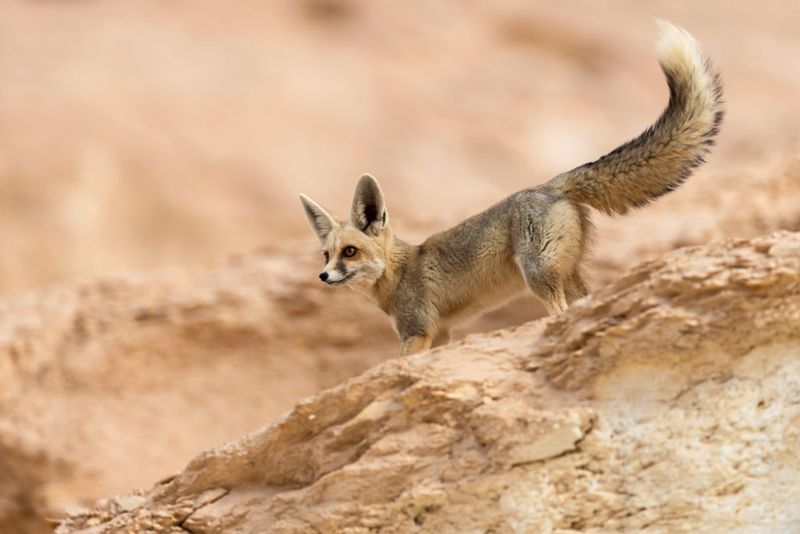
Watching these foxes leap between boulders would make Olympic gymnasts envious! With special adaptations for climbing, these tiny mountain foxes navigate rocky terrain across the Middle East with astonishing agility.
Their unusually large eyes help them hunt at night, often feasting on fruits and insects rather than meat. Mining operations and tourism development increasingly fragment their specialized habitat, threatening their remarkable mountain lifestyle.
8. Tibetan Fox: Square-Faced Hunter
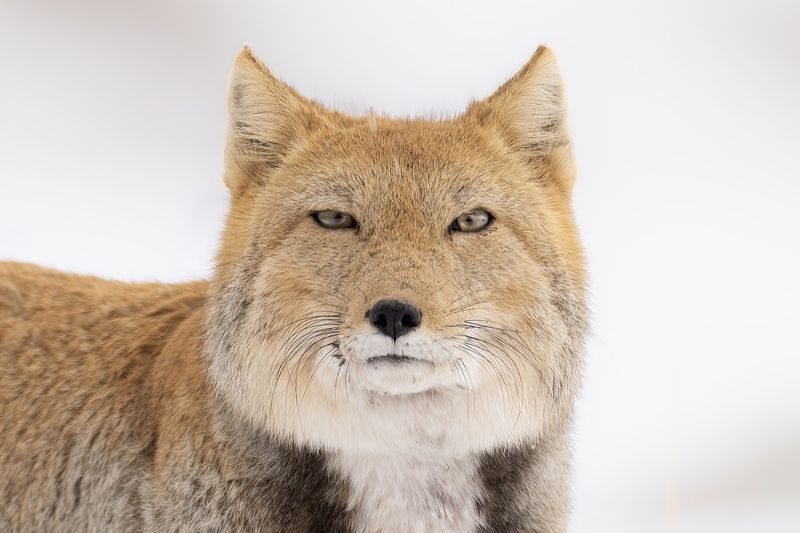
Sporting the most unusual face in the fox world, these square-jawed hunters patrol the Tibetan Plateau like furry sentinels. Their distinctive boxy head shape instantly sets them apart from all other foxes!
They’ve formed fascinating hunting partnerships with brown bears, sharing the spoils of the hunt. Climate change affects their high-altitude home faster than lowland areas, while increased human settlement disrupts their hunting territories on the roof of the world.
9. Pale Fox: Sahel’s Invisible Resident
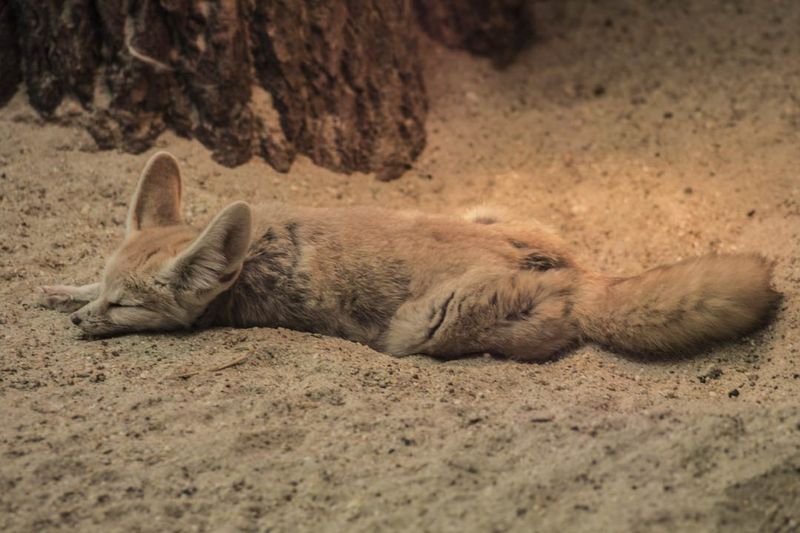
Almost ghostlike in appearance, these cream-colored foxes blend perfectly into the sandy landscapes of Africa’s Sahel region. Few researchers have studied these masters of camouflage in the wild, making them mysterious even to scientists!
Drought and desertification push these adaptive hunters into increasingly marginal territories. Their population numbers remain largely unknown, but habitat destruction and hunting suggest a species silently sliding toward extinction without most people even noticing.
10. Hoary Fox: Brazil’s Grassland Phantom
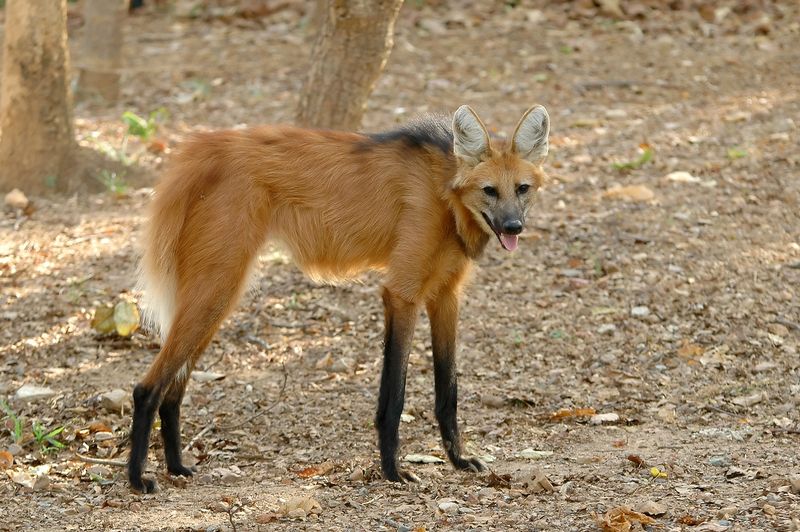
With silver-tipped fur that shimmers in moonlight, these Brazilian foxes look almost supernatural when hunting under star-filled skies. Their specialized diet consists largely of termites – making them nature’s pest controllers!
The conversion of Brazil’s cerrado grasslands to massive soybean farms destroys their habitat at alarming rates. These beautiful but rarely seen foxes face a precarious future as agriculture consumes the last patches of their native savanna home.



